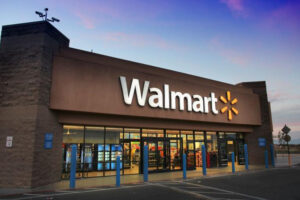New Wave of Retail in the Later Phase of COVID-19
Triggered by the pandemic, technology is leading a new wave of consumer demand. How will new consumption, new products, new retail and new marketing meet the emerging consumer demand? How fast will China’s retail and consumer goods market step out of the shadow of the pandemic?
Categories and Channels
According to Nielsen’s monitoring of sales of 70 FMCG categories nationwide, the offline retail market saw a -4.2% slide in sales growth in January-February due to the pandemic. Non-essentials experienced an even sharper drop in sales, with the sales of personal & home care items plunging by -9.8%, except a few epidemic prevention items, such as disinfectants (+163%), laundry sanitizers (+238%), etc. The overall sales of 47 categories of items sold through integrated online and offline channels maintained growth momentum, up 3.4% year-on-year, led by non-food (+6.8%) while growth of food is slower (+1.0%).
♦ consumption of life essentials, such as grain, oil and non-staple food, frozen and instant food went up;
♦ leisure food like crispy snacks and carbonated soft drinks kept the same sales growth;
♦ health management items related to disease prevention, disinfection and nourishment received more attention.
Meanwhile, purchases of non-essentials were reduced significantly, and beverages and other ready-to-eat food were consumed much less due to fewer outings; personal care related items were less needed, and with the stocks purchased in previous Double 11 and Double 12 shopping festivals, consumers were not eager to buy them from offline or, if needed, resorted to online channels.
During the pandemic, consumers increased purchases of a wider range of frozen and instant food; In addition, food like oil, salt, soy sauce and vinegar was consumed more as cooking at home was more frequent.
Due to logistics and movement restrictions, grocery stores faced a shortage of supply or were even out of stock, with the out of stock rate of instant noodles reaching 18%, far higher than the level in the same period of last year (3%). The total sales volume of carbonated soft drinks didn’t change significantly, but large size carbonated soft drinks and bulk small size packs had a larger share in sales.
As consumers paid more attention to health, sales of fresh milk grew notably, while premium milk, primarily intended for gifting, recorded lukewarm performance. Sales of chocolates for the Spring Festival and Valentine’s Day, particularly those packaged as gifts, had a decline while sales of snacks like potato chips increased.
Active Response to the New Normal of Consumption Required




